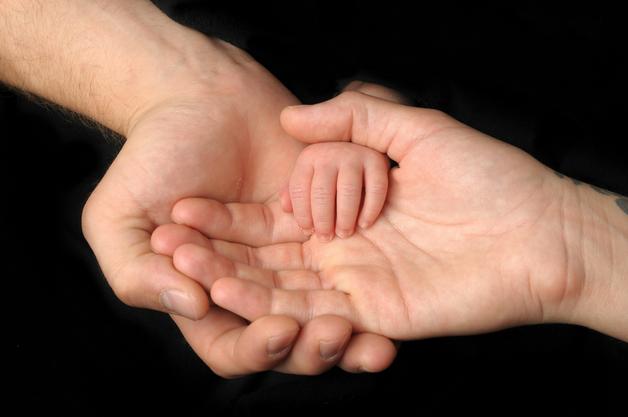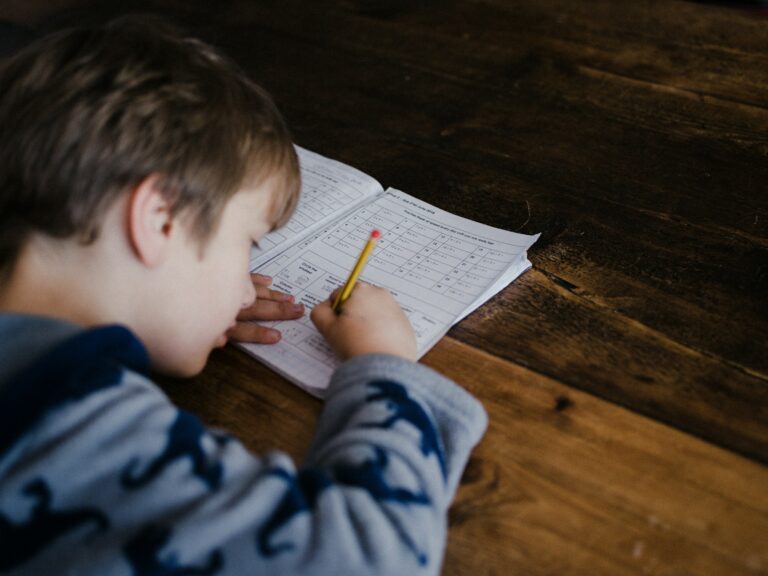Worried about that sudden fever, a rash erupting on tiny hands or feet, or painful ulcers making your little one reluctant to eat? If your child is under five, your mind might immediately leap to Hand foot and mouth disease—and not without reason. This common viral illness often turns a calm household upside down, sparking questions about how contagious it is, whether siblings or you could catch it, and what can ease your child’s misery when every sip seems to sting. No one wants to see their child uncomfortable or worry about infection spreading like wildfire through school or daycare. So, what precisely is going on inside your child’s body when Hand foot and mouth disease strikes, and how do you navigate recovery and prevention? Let’s decode the science, answer your burning questions, and offer practical advice to smooth this challenging journey.
What is Hand, Foot and Mouth Disease – And Why Does It Happen?
At its heart, Hand foot and mouth disease is a viral infection, often sweeping through groups of toddlers and preschoolers in waves, particularly during the hotter seasons or when the weather shifts. The guilty parties are usually members of the enterovirus family—primarily coxsackievirus A16, sometimes enterovirus 71, or on occasion, coxsackievirus A6. These aren’t household names, but for parents, recognising that multiple viruses can be involved is vital: immunity to one doesn’t block out the rest.
Does that mean a child can get Hand foot and mouth disease again? Actually, yes. While the body becomes resistant to the specific strain after exposure, encountering another virus in the group can bring the illness back knocking.
Why are children under five so prone? Picture the preschool environment: constant play, shared toys, unfiltered coughs and sneezes, and the parade of sticky fingers-to-mouth behaviour. Their immune defense is not fully mature, giving viruses a free pass more often than in older kids.
How Does Hand, Foot and Mouth Disease Spread So Easily?
Ever wondered why outbreaks seem to explode overnight in playgroups? Hand foot and mouth disease is a master of transmission, exploiting both direct and indirect pathways. It leaps from person to person via:
- Contact with saliva, nasal secretions, or even drool—think about how often toys end up in little mouths.
- Blister fluid—the content inside those telltale skin blisters packs a viral punch.
- Respiratory droplets—a simple cough or sneeze can do the trick.
- Surfaces and objects—the virus clings to doorknobs, toy blocks, cutlery, and more, waiting for new hosts.
- Stool—parents changing nappies need to be especially vigilant.
Curiously, even those who appear perfectly healthy might still be silent carriers, spreading viruses via stool for weeks after recovery. While children are most contagious during the feverish early days, it doesn’t stop there.
Recognising Symptoms: From Fever to Rash and More
What to Watch For in Children
Imagine this: a normally energetic child turns listless, feverish (temperatures ranging anywhere from just above 38°C, sometimes soaring to 40°C), with a sore throat and little interest in food. Three to seven days after being exposed, the battle begins.
Then, the typical signs emerge:
- Painful mouth ulcers—small, red, often evolving into ulcers with a pale centre. Located inside the cheeks, on the tongue, and gums, these cause plenty of drooling, fussiness, and resistance to drinks or meals.
- A rash with blisters—flat or raised, usually 2–6 mm wide, appearing on the palms, soles, and sometimes fingers or toes. For some, the rash may extend to buttocks, knees, or genitals. Unlike chickenpox, these usually aren’t itchy—unless a blister ruptures, leading to tenderness.
- Swollen lymph glands in the neck.
- Additional clues: a mild cough, runny nose, and in rare cases, diarrhea. Some children with existing skin conditions like eczema might notice clusters of new skin lesions.
As the days pass, blisters dry and peel, usually healing in a week. One rare, surprising outcome: a few weeks post-illness, fingernails or toenails may temporarily shed (a harmless condition known as onychomadesis).
What About Adults or Older Children?
Less frequently affected, adults might have a sore throat, mild fever, muscle aches, or—sometimes—no symptoms at all. Despite minimal signs, they can still pass the virus to others.
Diagnosis: How Do Doctors Identify Hand Foot and Mouth Disease?
Often, a parent’s account of symptoms—combined with the unique appearance of mouth ulcers and rashes—points directly to Hand foot and mouth disease. Doctors rely on clinical evaluation: Are the mouth sores painful? Is the rash localised to hands and feet, or more widespread? Recent outbreaks or sick contacts can help confirm suspicions.
Occasionally, a doctor might check for other lookalike illnesses. How to tell if it’s not chickenpox? Chickenpox rashes are usually intensely itchy, scattered all over, and display lesions in several stages. Herpangina, on the other hand, causes ulcers deep in the throat, rarely accompanied by hand or foot rash. Impetigo, a bacterial imposter, results in sticky, crusted sores. Lab tests (like a throat or stool swab) are rarely needed except in severe or unresolved cases.
Home Care: Easing Pain and Supporting Recovery
Soothe, hydrate, and give space for the body to do its work—core pillars for Hand foot and mouth disease management. While science has yet to deliver a cure-all antiviral, several steps help:
- Pain and fever relief: Child-safe doses of paracetamol or ibuprofen bring comfort. Avoid aspirin due to possible risks.
- Hydration is everything: Small, frequent sips of water, and chilled treats like popsicles or yogurt, can turn a stubborn refusal into careful sipping. Oral rehydration fluids prevent dehydration, especially if eating proves difficult.
- Choose the right foods: Steer clear of citrus, salty, or crunchy snacks that aggravate ulcers. Soft, cool foods go down more easily.
- Skin care for blisters: Resist the temptation to pop blisters. Instead, let them dry naturally. Regular handwashing and meticulous cleaning (surfaces, toys) slow contagion.
- Encourage rest: Don’t underplay the healing power of naps and quiet time. Energy returns as the virus retreats.
Children almost always recover at home, but staying attentive to red flags (see below) is wise.
Stopping the Spread: How to Protect the Whole Family
The best defence against Hand foot and mouth disease? Everyday routines, turbocharged with a focus on hygiene. There’s no universal vaccine (except some efforts targeting enterovirus 71 in select countries), so these habits matter doubly:
- Thorough handwashing: Before every meal, after using the toilet or changing diapers, following outdoor activities—soap and water are your best allies.
- Vigilant cleaning: Disinfect play areas, doorknobs, and shared toys frequently.
- No sharing of personal items: Cups, towels, pacifiers, toothbrushes—keep items separate during outbreaks.
- When to keep children home: Children should remain at home if they have a fever or open blisters. Safe return to group settings is generally once they’ve been fever-free for 24 hours and skin lesions have crusted or healed.
- Family-wide hygiene: From parents to older siblings, everyone plays a part in halting transmission chains.
Red Flags: When Should Parents Seek Medical Advice?
Even though Hand foot and mouth disease is generally mild, don’t ignore these warning signs:
- Danger of dehydration: Few or no wet nappies, unusual drowsiness, dry mouth, or sunken eyes—these can indicate urgent need for fluid replacement and medical assessment.
- Infected blisters: Blisters that become red, very tender, swollen, or start to leak pus might imply a secondary bacterial infection.
- Rare complications: Severe headaches, persistent vomiting, extreme drowsiness, confusion, seizures, difficulty breathing, unexplained limb weakness—all rare, but requiring immediate doctor attention. Such complications (like viral meningitis or encephalitis) are extremely rare but merit a prompt response.
Those odd nail changes weeks later? Almost always benign and self-limiting.
Recovery and Immunity—What Happens Next?
Reassuringly, most children with Hand foot and mouth disease bounce back fully within 7–10 days. Once the fever drops and blisters dry, your child usually returns to their lively self. While the contagious period is highest in the early phase, the virus can continue to be passed on, especially via stools, for several weeks after recovery.
Immunity to the infecting strain develops, but with several viruses in the mix, repeat attacks—although typically milder—can still happen.
Myths and Medical Insights
Have you wondered if Hand foot and mouth disease is somehow linked to animals? Not true; it is unrelated to “foot-and-mouth” disease in livestock. Or whether antibiotics speed recovery? Unfortunately not—the answer lies solely in supportive care, as only antibiotics target bacteria, not viruses.
Vaccine research is progressing, and select vaccines for enterovirus 71 are used in some countries, but for most, the best approach continues to be strong hygiene and awareness.
Long-term impacts? Extremely rare, except for those temporary nail changes and, in exceptionally scarce cases, neurological complications that almost always resolve.
Key Takeaways
- Hand foot and mouth disease most often affects young children, but adults and older kids aren’t immune.
- First symptoms include fever, sore throat, reduced appetite, and in a few days, painful mouth ulcers and a classic rash with blisters.
- There’s no specific cure—relief comes from painkillers, generous fluids, gentle foods, rest, and hygiene.
- Main lines of defence remain handwashing, thorough cleaning, and keeping sick children at home until they’re no longer contagious.
- Complications are rare, but always watch for dehydration and unusual symptoms.
- Curious about further advice or want health checklists? Professionals and helpful tools are just a click away. Download the application Heloa for tailored tips, free health questionnaires, and support.
Questions Parents Ask
Can older children or adults get hand, foot and mouth disease?
Absolutely, yes. While younger children are more prone, older siblings and adults can get Hand foot and mouth disease too. Often, symptoms are milder in adults—or they might go unnoticed entirely—but those carrying the virus can still pass it on. That’s why robust hygiene is important for the whole household.
How can I tell if my child is actually getting better?
Recovery starts showing once the fever settles and their liveliness returns. If your little one begins to eat or drink again, and blisters slowly dry out, they’re on the mend. It’s normal for children to feel tired even as they heal fully—expect energy levels to bounce back gradually within about a week or ten days.
Which creams or products work best if my child’s skin is sore?
No ointment speeds up the healing of blisters, but gentle, fragrance-free moisturisers can soothe sensitive skin. Avoid popping the blisters—let nature handle it. If any blisters become unusually red, swollen, or leak discharge, consult your doctor for additional treatments. Sometimes, comfort comes not just from topical relief, but from simple reassurance and being present with your child.
Further reading:




